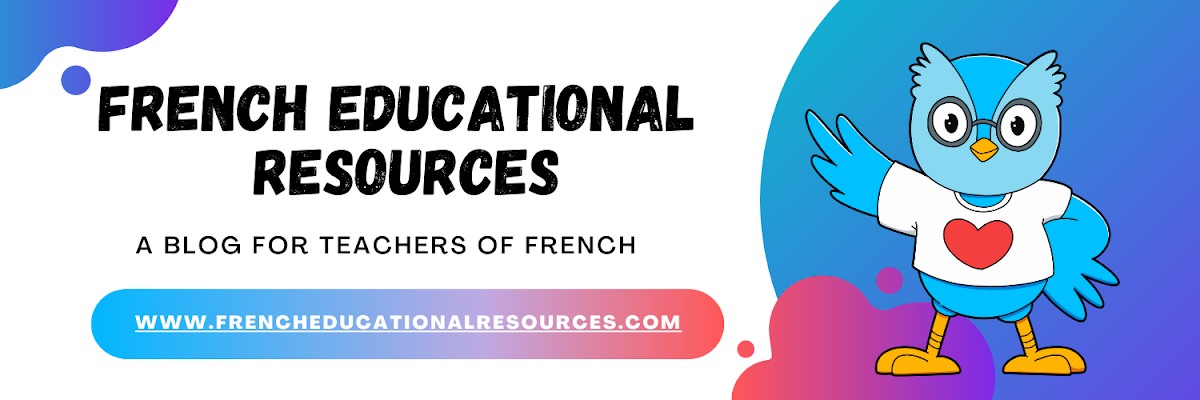MYTH! Dictation is only for motivated and academic students.
The truth is, you will most likely find that not only will your students LOVE dictation, but that they will find it helpful in learning ABOUT language.
Dictation increases student awareness. We can use it as a tool for phoneme awareness (foreign sounds), word placement (syntax) and accuracy, as well as showing students a tool to increase memory power (see activity 5).
Remember, dictation is most effective if the input is comprehensible, so think carefully about which words or sentences you are using. If a student doesn't understand the meaning of the words at all, then they will probably be more aware of what they don't know rather than becoming more aware of what you want them to be aware about!
Here are 5 easy and effective ways to implement dictation in your classroom:
1. Minimal pairs
Minimal pairs are two words with one sound (phoneme) difference.
In this activity, students listen to two words. They try to spell both words that they hear and highlight which sound is different.
For example:
1. L'amour / la mort (low vowels and article awareness)
2. cheveux / chevaux (good one after watching Extr@!)
3. bulle / boule (difficult vowels for English speakers)
You could focus on the common errors in pronunciation that you hear in your own classroom or use this task to increase awareness of phonemes.
As a post-task, ask your students to pronounce the minimal pairs with a partner, but ensure that you are listening and helping with accent or provide recordings. Help them to hear and articulate the differences in their own output!
2. Gender agreement
Feed language in small chunks to grab their attention on grammatical gender agreement. For anglophone students, it's so important to help them become aware of how agreements transfer across a whole noun phrase. Particularly in the French language where so many final sounds are silent.
Read aloud a noun with a few descriptions and get your students to work out the agreements in writing.
For example:
1. Il est intelligent > elle est intelligente
2. Le chat noir > les chats noirs
3. Elles sont intelligentes, bavardes et souriantes.
I am always surprised as to how much my students like this style of dictation at ALL LEVELS! Ensure that the language is comprehensible to make the task challenging but attainable (and memorable!).
3. Syntactical awareness
How many of your students have shown you the reel, "Le ver vert va vers le verre vert" ?
Why do they like this sentence so much?
Because the placement of each word defines the meaning (word classes), even when the words are homophones.
There are many homophones in French, as in English (there/their/they're), to get your students thinking about the importance of grammar.
For example:
1. In short sentences, such as: "L'eau au supermarché"
2. In tongue twisters (vire-langue), such as: "Si ces six saucissons-ci sont six sous..."
4. Running dictation
Why not make dictation a GAME and get students out of their seats and working together?
Hang a few words, sentences or paragraphs on the wall.
In teams of 2-3, 1 student will be the runner, 1 student is the writer, and you can have a third student as a spelling helper.
The runner goes to the text on the wall, memorises a chunk and heads back to the writer.
The runner then dictates what they have just memorised.
The writer (and helper) must listen and write what they have just heard.
This continues until time runs out. Use a timer to add in a challenge or to ensure that the game doesn't continue forever!
You can ask you students to focus on fluency OR accuracy OR both.
5. Delayed dictation
Instead of your students writing down immediately what they hear, why not add in a 5-10 second delay?
Why the delay, you ask?
The student is focused on holding the sound in their memory (using the phonological loop), reproducing it until it can be written down.
It can be a quick challenge and motivational for students. It can also be tiring for some though, so I advise using delayed dictation to start a lesson or once 10 minutes in to the lesson.
You can also get students to chorally say the words or sentences aloud before the delay or sing the words (if you're crazy like me!). This helps to strengthen the phonological loop for working memory. Make sure you're listening to their pronunciation though!
But what do I do with that one student who HATES dictation and can't sit still?
Give them to job of REFEREE!
Give this student the answers and tell them when to wander the classroom, showing peers where they have made errors or just when they are correct. Or give them the option for timing delayed dictation. You can also ask this student to write the answer on the board, if you trust them with your markers!
Alternatives to paper?
Invest in mini whiteboards for your classroom or use an app on the iPad or computer. Students love the chance to write using different tools and also gives them less pressure to be correct all the time. If you can rub out a word, it feels a lot less permanent.
Do you use dictation in your languages' classroom? Which is your go-to activity? Do you tend to have problems with dictation? Write below!














